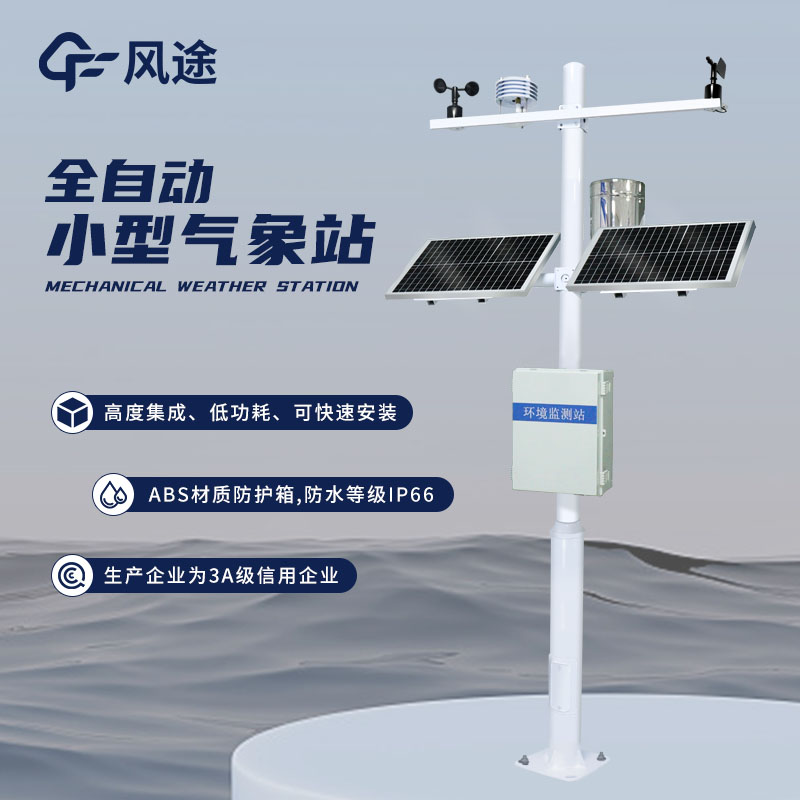Wirelessly - transmitted Meteorological observation equipment occupies an important position in the field of environmental monitoring, providing crucial support for agriculture, meteorology, environmental research, and other aspects.
Monitoring stations obtain nearly real - time data with the help of various weather sensors. The core components include meteorological station sensors and data loggers, which work together. Key environmental data such as temperature, humidity, ultraviolet intensity, wind speed, and atmospheric pressure can be accurately captured by the sensors and transmitted to the terminal platform for rapid decision - making.
Wireless communication technology is the key. It enables extremely smooth data transmission between sensors and data loggers. The data logger is like an intelligent hub, undertaking the important tasks of interpreting, storing, and transmitting the collected data. The data will eventually be uploaded to the cloud for remote access. Such a design not only avoids the cumbersome cabling process and reduces the installation difficulty but also makes the placement of sensors more flexible, and it is easy to expand the monitoring network even in remote areas. Modern wireless protocols such as LoRaWAN, Zigbee, and cellular networks have built - in error - correction and encryption functions, effectively ensuring the stability and security of data during transmission.
In addition, wireless sensors have low energy consumption and long - lasting battery life, making them very suitable for remote deployment. The nearly real - time data transmission characteristic enables people to grasp environmental changes in a timely manner, which is indispensable for weather forecasting and environmental monitoring work.
In practical work, the rational layout of weather sensors is the key to ensuring the effective collection of data. They are strategically placed in appropriate positions, and through wireless communication technology, real - time analysis and storage of environmental data are achieved. Moreover, the sensors connected to the data logger can transmit information to the terminal platform for people to monitor and analyze, and at the same time receive important notification and alarm information.
Wireless Meteorological observation equipment has many advantages. It can easily handle the problem of monitoring key weather data in remote areas, and the collected data has high precision and high reliability. In the agricultural field, it can monitor soil moisture, temperature, and air humidity, thereby providing a basis for optimizing crop growth; in meteorology, it can accumulate data for weather forecasting and climate research; in the environmental monitoring field, it can track atmospheric conditions and study environmental changes. More importantly, the application of wireless technology eliminates a large amount of cabling and maintenance work of traditional meteorological stations, providing a cost - effective solution for meteorological monitoring work.

Article address:https://www.sqqx.net/en/news/371.html

 +86 15898932201
+86 15898932201



